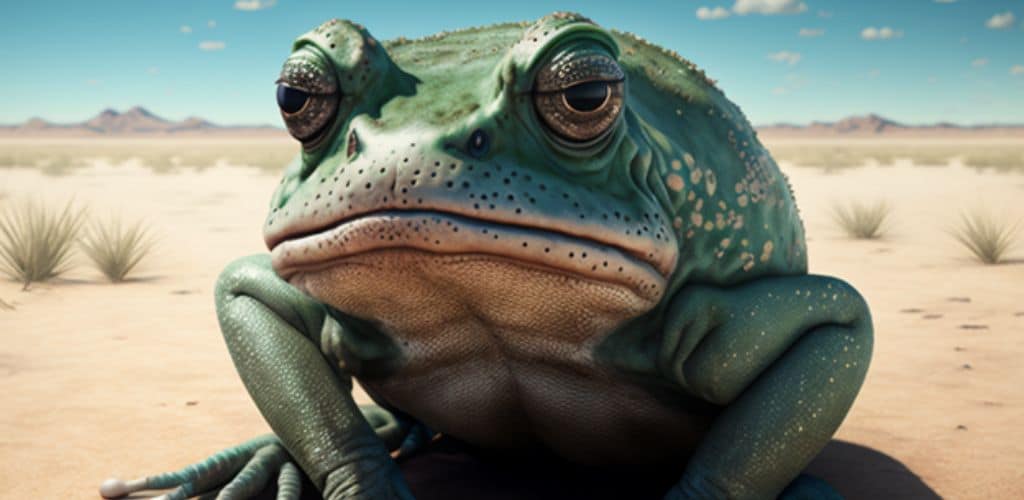As we discussed in this recent blog, several intellectual property (IP) owners have sued artificial technology (AI) companies, claiming that the output produced by the AI engines violates their IP rights.
The legal furor over AI companies profiting (currently or potentially) from the works of others has continued to grow.
Recently, as the New Yorker reported, several artists have joined in a class-action lawsuit against Midjourney and two other AI image generators, Stable Diffusion and DreamUp.
(Midjourney generated the image at the top of this blog.)
One of the artists involved in the class action suit is Kelly McKernan, who makes paintings “that often feature nymphlike female figures in an acid-colored style that blends Art Nouveau and science fiction.”
McKernan’s style is so distinctive that a website called Metaverse Post suggested using “Kelly McKernan” as a term to feed to an AI art generator to create “Lord of the Rings”-style images.
On the Discord chat that runs the Midjourney AI generator, McKernan’s name had been used more than twelve thousand times in public prompts.
The AI models at issue in the lawsuit use laion-5B, a nonprofit public database with more than five billion images, including many artworks.
According to the lawyer representing the plaintiffs in the class action suit,
The artists had not consented to have their copyrighted artwork included in the laion database; they were not compensated for their involvement, even as companies including Midjourney charged for the use of their tools; and their influence was not credited when A.I. images were produced using their work. When producing an image, these generators “present something to you as if it’s copyright free”…
Courts have accepted some forms of “artistic copying” as fair use and thus allowed under US copyright law.
For example, in this blog way back in 2016 we discussed the work of human “appropriation artists” like Richard Prince who take pre-existing objects or images and use them in a new work of art — making very few, if any, changes in the original. The “art” derives from recontextualizing the original work.
Parody (which imitates the style of a particular creator with deliberate exaggerations for comedic effect) is also generally considered to be non-infringing fair use under copyright law.
According to the US Copyright Office,
“transformative” uses of others’ creations are more likely to be considered fair, and “Transformative uses are those that add something new, with a further purpose or different character, and do not substitute for the original use of the work.”
In an important copyright case now pending before the US Supreme Court, the justices will consider whether silkscreened images by Andy Warhol of the musician Prince, based on photos of Prince by a well-known photographer, are “transformative” enough to be considered fair use.
In the AI case, the plaintiffs’ lawyers argue that what the AI creates isn’t transformative but merely a mechanized “blending together.”
According to the New Yorker,
Defenders of A.I. art-making could point out that artists have always taken from and riffed on each other’s work, from the ancient Romans making copies of even older Greek sculptures to Roy Lichtenstein reproducing comic-book frames as highbrow Pop art. Maybe A.I. imagery is just a new wave of appropriation art?
Artists’ livelihoods are already being threatened by AI rivals. As Vice reported,
Zhang Wei, a Chinese freelance illustrator with eight years of experience, took up a gig in October to draw characters for novels. The company needed 65 sketches and offered 120 yuan ($17.70) for each. …
Yet days later, Zhang was told his services were no longer needed—the company had decided to replace him with an AI tool. … More importantly, with the AI tool, each image cost the company only 2 cents.
Just like the haiku above, we like to keep our posts short and sweet. Hopefully, you found this bite-sized information helpful. If you would like more information, please do not hesitate to contact us here.


